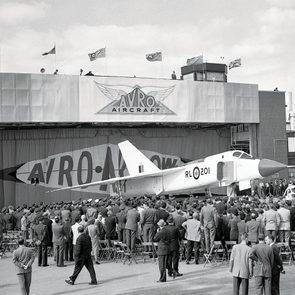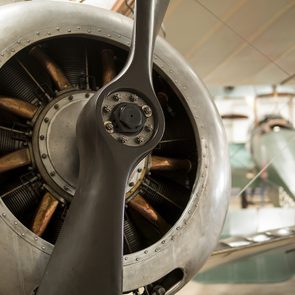This WWII B-29 Superfortress Still Manages to Impress
“FiFi” came off the assembly line in 1945, and is one of just two Superfortresses that are still flight-worthy.

I awake with a song in my head: “Bomber” by Motörhead. This straight-ahead, no-nonsense rock song honours a special World War II aircraft, the Boeing B-29 Superfortresss—a high-altitude bomber that played a huge role in the Second World War and later saw action during the Korean War. The song also forms a loose metaphor for the mind-blowing sonic assault Motörhead always brought to its live concerts. Ian Fraser “Lemmy” Kilmister, the band’s lead singer, main songwriter and bass player, was a WWII history buff and that’s why the band had a replica of a B-29 Superfortress created for their “Bomber” album tour back in the ’80s. It hung directly over the stage and was controlled by cables and pulleys to appear to actually fly, at times only inches above the heads of the three band members. Back in the day, audiences were blown away by the hard-driving tune right from the opening lyrics:
“Oh, aah
Ain’t no hope in hell
Nothing is gonna bring us down
The way we fly
Five miles off the ground
Because we shoot to kill
And you know we always will
It’s a bomber, it’s a bomber”
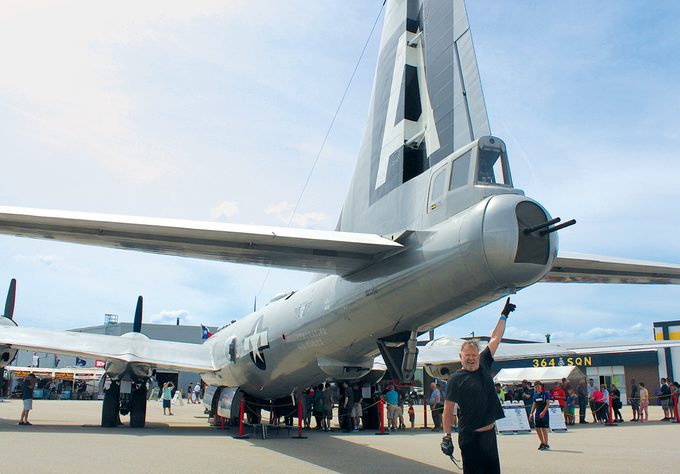
Fifi—the B-29 Superfortress
I shower and dress and catch the Walkerville 8 southbound bus to the Windsor International Airport, heading over to see “FiFi”—one of only two surviving B-29 Superfortresses that are still flight-worthy. Named after the wife of Vic Agather, a business man and U.S. air force veteran who was a key player in the plane’s restoration, FiFi came off the assembly line in March 1945 and went straight from the factory to a training squadron, not into combat. After her final decommissioning in 1958, FiFi sat at a naval base in the Mojave Desert for decades and was being used for target practice prior to her rescue and restoration. FiFi’s new lease on life came in March 1971, courtesy of the CAF—then the Confederate Air Force (now named the Commemorative Air Force), a non-profit organization dedicated to the preservation of vintage war planes. The CAF today has more than 170 flight-worthy planes in its collection.
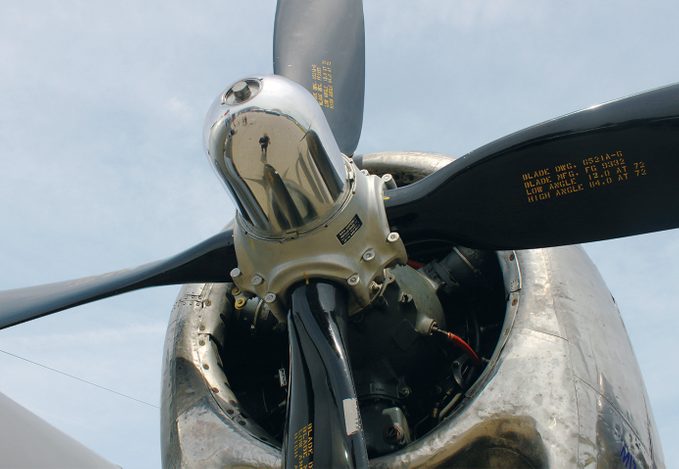
I exit the bus and it’s a short walk to the hangar, thank goodness too because my back is really nagging me. Inside I pay the $15 entrance fee and get fitted with an admission wristband. Walking out onto the tarmac, I see FiFi in all her glory—with dual turret machine guns on top, two on the bottom, and one at the rear. She’s sleek and silver with an air of great foreboding: a flying death machine.
“Scream a thousand miles
Hear the black death rising moan
Firestorm coming closer
Napalm to the bone
Because you know we do it right
A mission every night
It’s a bomber, it’s a bomber”
I amble up to the long, slow-moving line underneath the massive aluminum wing and marvel at the construction of this behemoth. One of the older crew members tells me that during the war three B-29 bombers rolled off the assembly line every day and the majority of the factory workers were women, as depicted in the iconic WWII poster, “Rosie the Riveter.” My hat goes off to all those remarkable women—thank you for helping to save the world from tyranny.
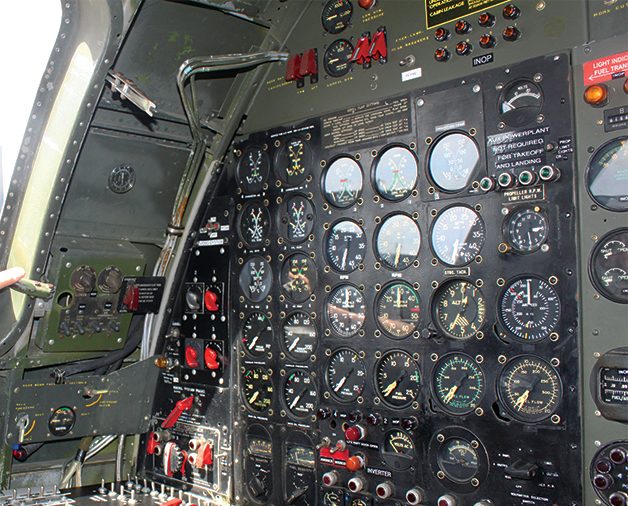
Climbing aboard through the underbelly, I can smell the grease and oil, and I find myself being transported back in time to when brave young men, many just teenagers, boarded planes such as this one with great hopes and dreams of glory…and incredible fear, no doubt. Being inside is absolutely fascinating and I take as many photos as I can. Looking at the long, narrow tunnel that had to be crawled through to get to the tail guns, I realize that the men tasked with that assignment must have been compact in stature to get the job done and they must have suffered from claustrophobia, at least initially.
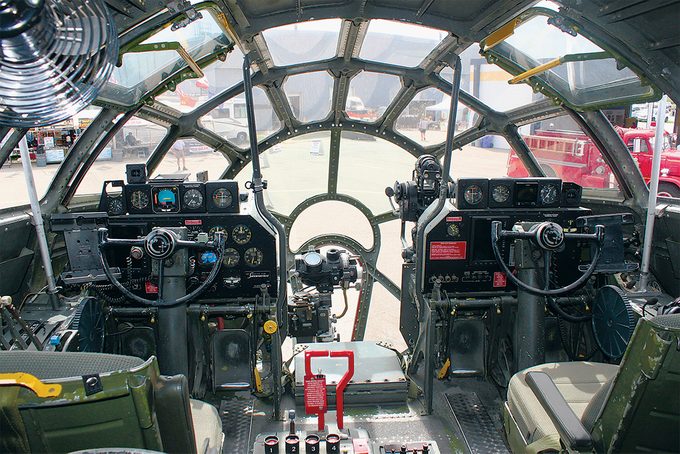
The following day is quiet, overcast and a bit misty. As I pedal along Windsor Avenue on my bicycle, heading downtown to buy a few groceries, an incredible sound comes from above, a sound that hasn’t been heard very often since the 1940s—the roar of four 18-cylinder Wright radial engines revving at about one-quarter throttle. I feel as if I could almost reach up and touch the legendary B-29 as it thunders past.
“No night fighter
Gonna stop us getting through
The sirens make you shiver
You bet my aim is true
Because you know we aim to please
Bring you to your knees
It’s a bomber, it’s a bomber, it’s a bomber Yeah”
What an incredible sound! I give a final wave to FiFi the B-29 Superfortress.
“Bomber” lyrics: © Sony/ATV Music Publishing LLC; Songwriters: Edward Alan Clarke / Ian Kilmister / Philip John Taylor
Next, read the incredible story of how Canada helped recover one of WWII’s most iconic aircraft.
